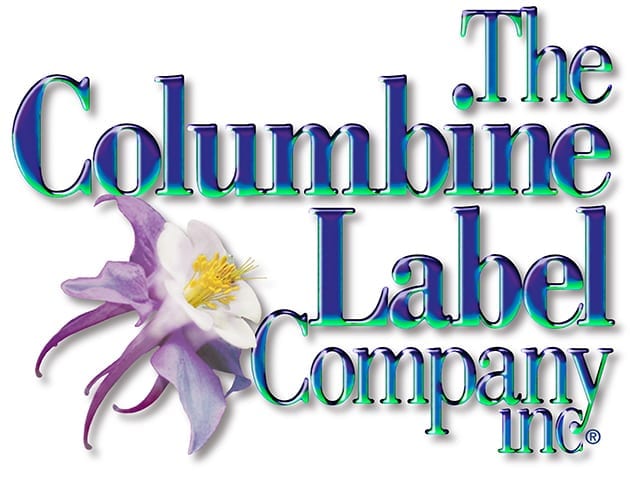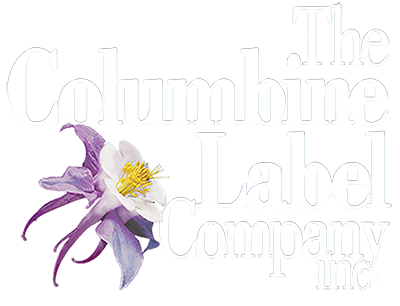In 2025, the U.S. Food and Drug Administration (FDA) introduced significant updates to food labeling regulations, aiming to provide consumers with clearer nutritional information and promote healthier dietary choices. These changes encompass a revised definition of the term “healthy” and the introduction of front-of-package (FOP) nutrition labeling. For small and medium-sized food manufacturers, understanding and adapting to these updates is crucial.
Updated Definition of “Healthy”
The FDA has modernized the criteria for using the term “healthy” on food packaging, aligning it with current nutrition science and federal dietary guidelines.
Key Changes:
-
Food Group Requirements: To qualify as “healthy,” a product must contain a certain amount of food from at least one of the following groups: fruits, vegetables, grains, dairy, or protein foods.
-
Nutrient Limits: Products must also meet specific limits for saturated fat, sodium, and added sugars.
Effective Dates:
-
Voluntary Compliance: Manufacturers can begin using the updated “healthy” claim starting April 28, 2025.
-
Mandatory Compliance: By February 25, 2028, all products using the “healthy” claim must adhere to the new definition.
Implications for Manufacturers:
-
Product Reformulation: Some products previously labeled as “healthy” may no longer qualify under the new criteria, necessitating reformulation or label changes.
-
Label Redesign: Manufacturers will need to update packaging to reflect compliance with the new “healthy” definition.
Proposed Front-of-Package (FOP) Nutrition Labeling
The FDA has proposed a new requirement for FOP nutrition labeling to provide consumers with immediate, at-a-glance information about key nutrients.
Features of the Proposed FOP Label
-
Nutrients Displayed: The label would indicate levels of saturated fat, sodium, and added sugars.
-
Categorization: Each nutrient would be categorized as “Low,” “Medium,” or “High” based on its percentage of the Daily Value (%DV).
-
Placement: The FOP label would be prominently displayed on the upper-right corner of the package’s principal display panel.
Compliance Timeline:
-
Large Manufacturers: Businesses with $10 million or more in annual food sales would have three years from the final rule’s effective date to comply.
-
Small Manufacturers: Businesses with less than $10 million in annual food sales would have four years to comply.
Implications for Manufacturers:
-
Packaging Adjustments: Incorporating the FOP label may require redesigning packaging layouts to accommodate the new label.
-
Consumer Perception: The FOP label aims to assist consumers in making healthier choices, potentially influencing purchasing decisions.
Impact on Small and Medium-Sized Manufacturers
Small and medium-sized manufacturers may face unique challenges in adapting to these labeling updates.
Considerations:
-
Resource Allocation: Limited budgets may impact the ability to reformulate products or redesign packaging promptly.
-
Technical Expertise: Smaller companies may require external assistance to ensure compliance with new labeling requirements.
Recommendations:
-
Early Planning: Begin assessing current products and labels to identify necessary changes.
-
Seek Guidance: Consult with labeling experts or regulatory consultants to navigate the new requirements effectively.
Conclusion
The FDA’s 2025 labeling updates represent a significant shift toward promoting healthier consumer choices through clearer packaging information. For small and medium-sized food manufacturers, proactive engagement with these changes is essential. Collaborating with knowledgeable label printers and regulatory experts can facilitate a smooth transition, ensuring compliance and maintaining consumer trust.


